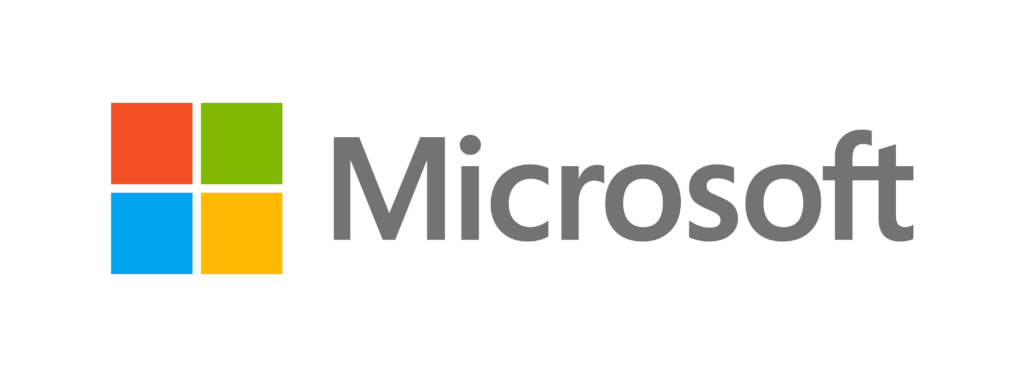Microsoft’s plan to discontinue the cross-platform Exchange Web Services (EWS) API starting October 1, 2026, means that users will lose access to their emails and contacts on Exchange Online. Consequently, those who rely on EWS for pulling messages, meetings, and other data from various inboxes will face disruptions.

This transition will impact both Microsoft 365 and Exchange Online environments. Thankfully, Outlook, Teams, EWS in Exchange Server, and other Microsoft products will remain unaffected.
Bridge the gap left by EWS
To bridge the gap left by EWS, Microsoft encourages users to shift to Microsoft Graph for seamless continuity, even though it acknowledges that Microsoft Graph lacks some features that EWS users have long enjoyed.
Originally launched in 2015, Microsoft Graph connects various services and devices, functioning similarly to EWS. However, a key difference lies in the fact that Microsoft Graph APIs are REST-based, while EWS APIs are SOAP-based. This distinction results in faster JSON serialization and reduced network usage, according to Microsoft.
Despite this transition, EWS will still be available and supported for use in production environments until 2026, though Microsoft strongly recommends transitioning to Microsoft Graph for access to Exchange Online data and the latest features.
During this transition period, Microsoft plans to provide security updates and a few non-security-related features for select EWS components, although significant changes to the platform are not expected.
Microsoft has also acknowledged the “feature gaps” between EWS and Graph and has committed to expanding the list of features available to Graph users in the coming years. However, complete feature migration may not be feasible.
These features encompass access to archive mailboxes, folder association information, user configuration, exchange online management, and access to public folders.

